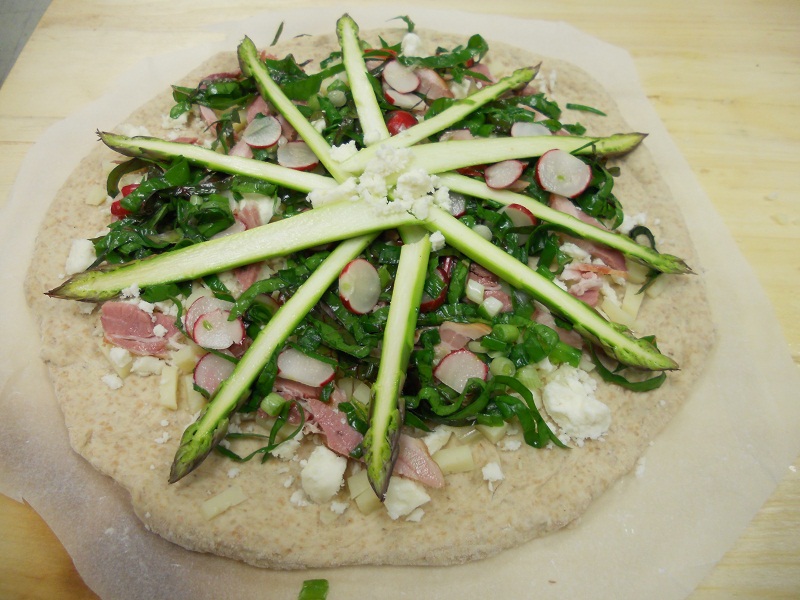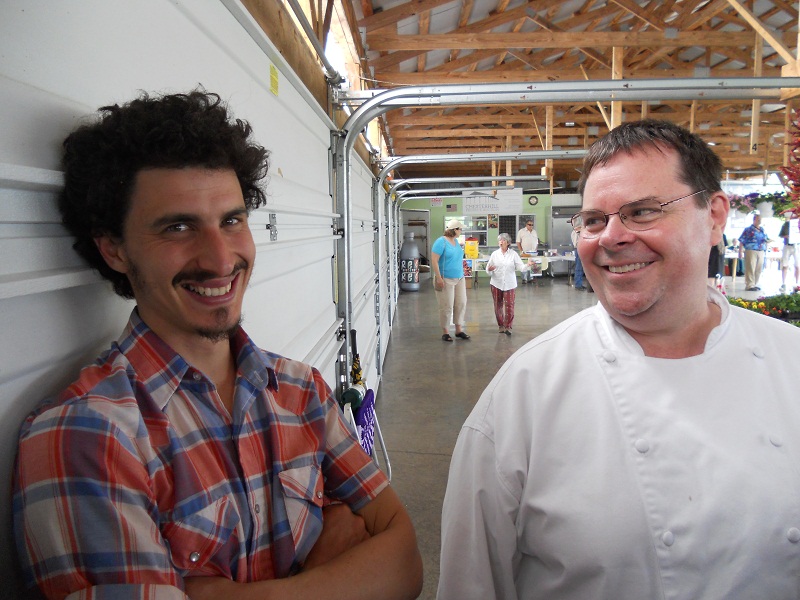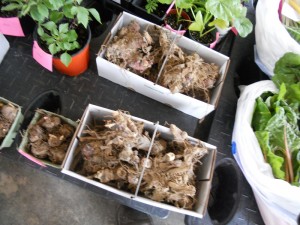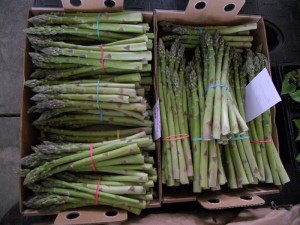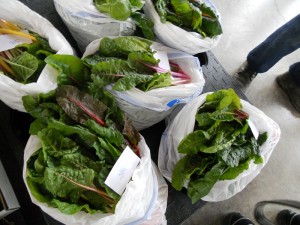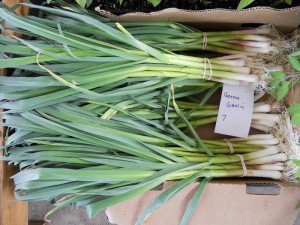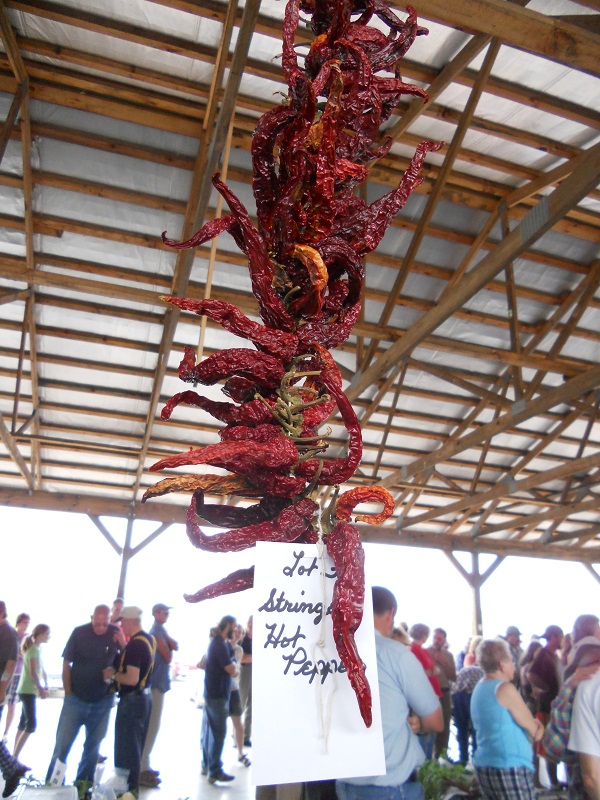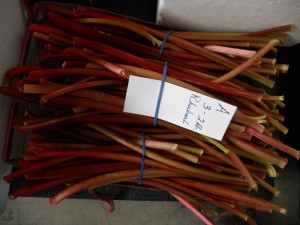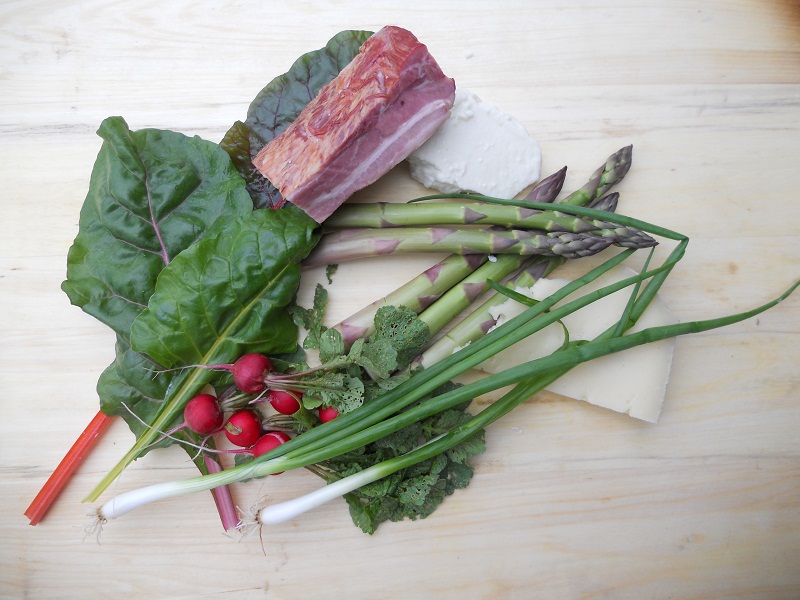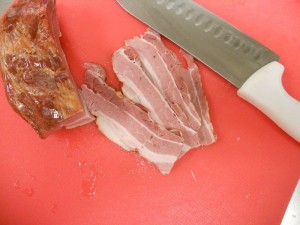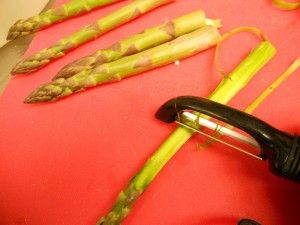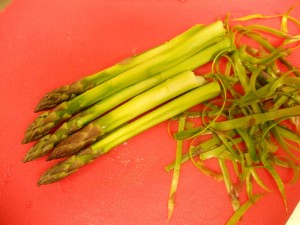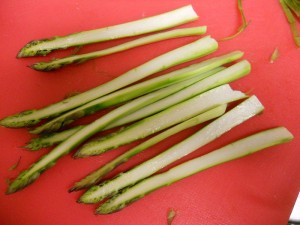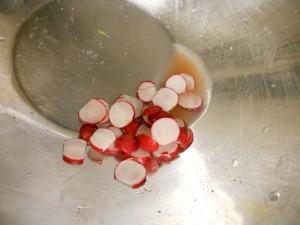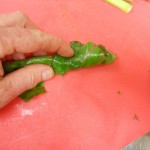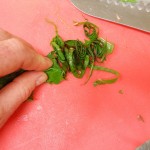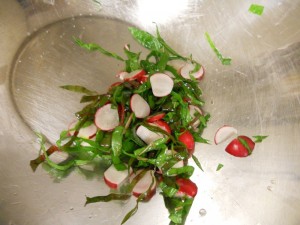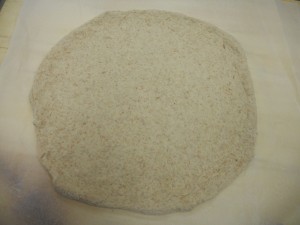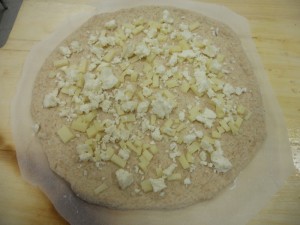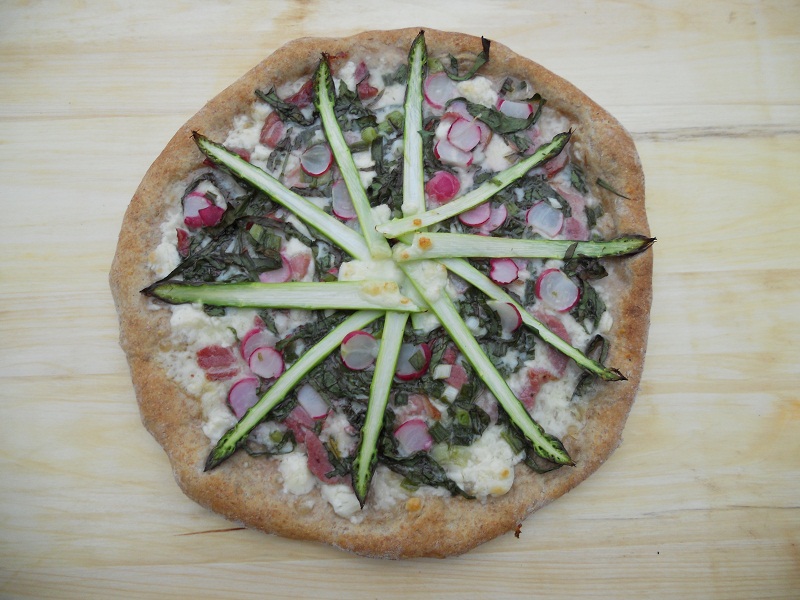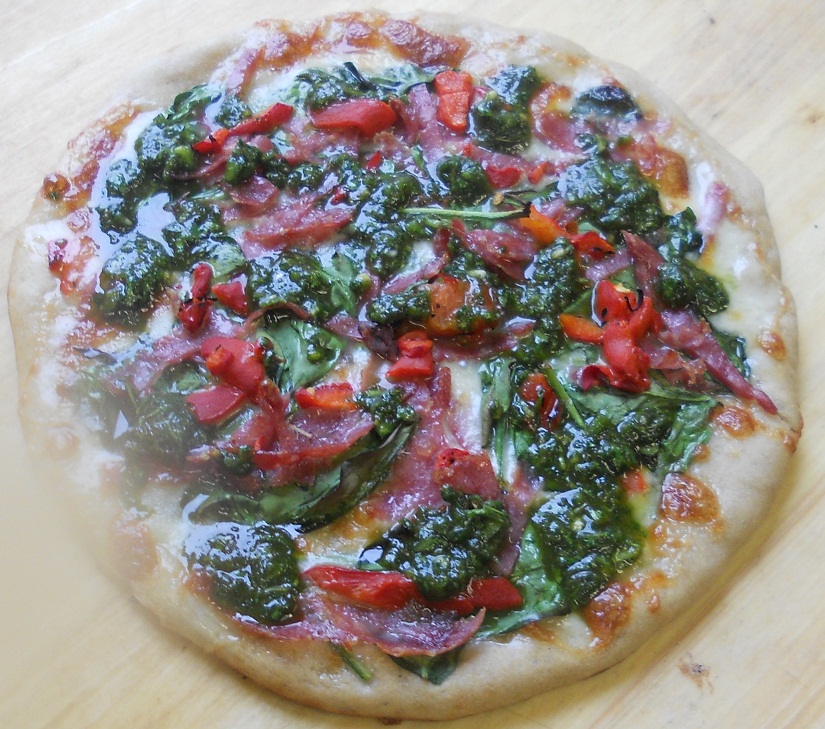
On a cold December 13th, I got up at the crotch of dawn, drove 45 minutes due east through the moutainous Ohio countryside to get to the barnyard of Willie Gingrich who lives on Tabor Ridge Road. My friend Matt Starline promised to meet me here and show me how to make organic sorghum syrup with the Amish. As I stepped out of the car, I was not only assaulted by a baseball bat of cold air but the sight of Willie butchering a 500 pound hog that was hanging from a tree in his front yard.
“That’s a nice pig.” I said.
“He was a nuisance in the barnyard. That’s why he’s hangin’ from my tree…upside down…and slit open.” Willie said as he cut three inch wide strips of skin off with a box cutter ensuring that none of the fat got pulled off with the skin.
I made a mental note to avoid nuisance-like behavior around Willie.
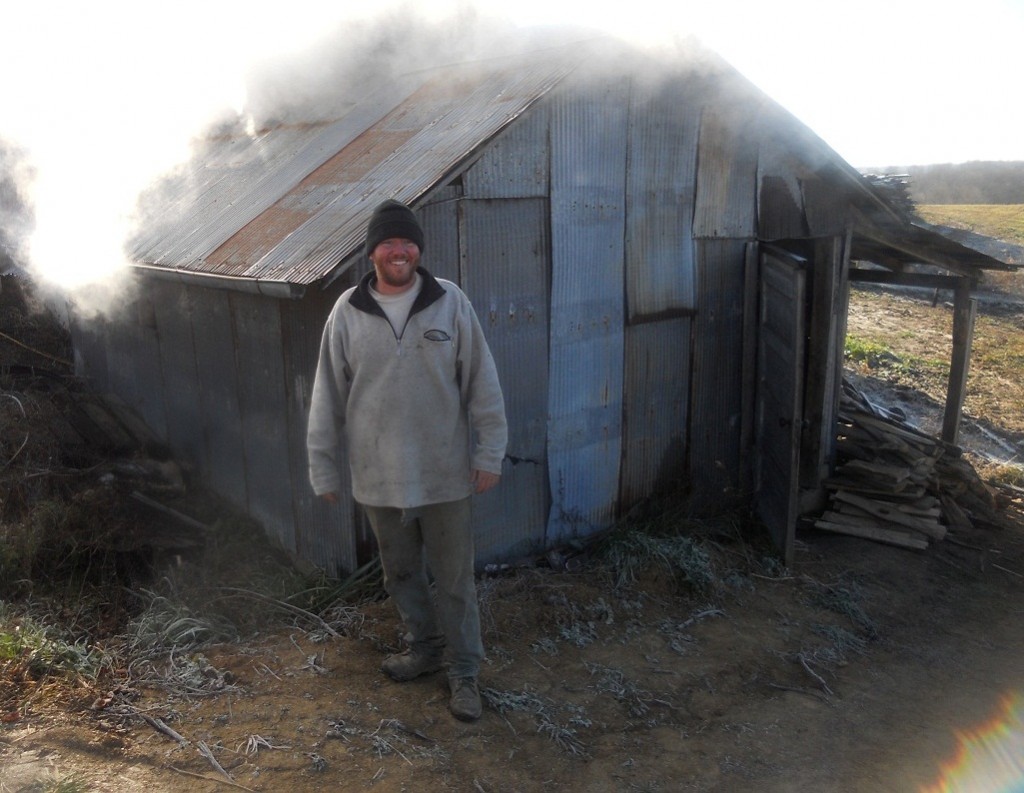
Just then Matt appeared from a weathered shed that for all purposes looked like it was on fire. Matt had brought the sorghum cane that he had cut from his river-bottom field and it sat stacked high on a trailer. He himself looked like a Siberian hunter out here in the cold and I looked down thankful I had beat-up jeans and crappy shoes on. This day making sorghum syrup looked like it was gonna get messy.
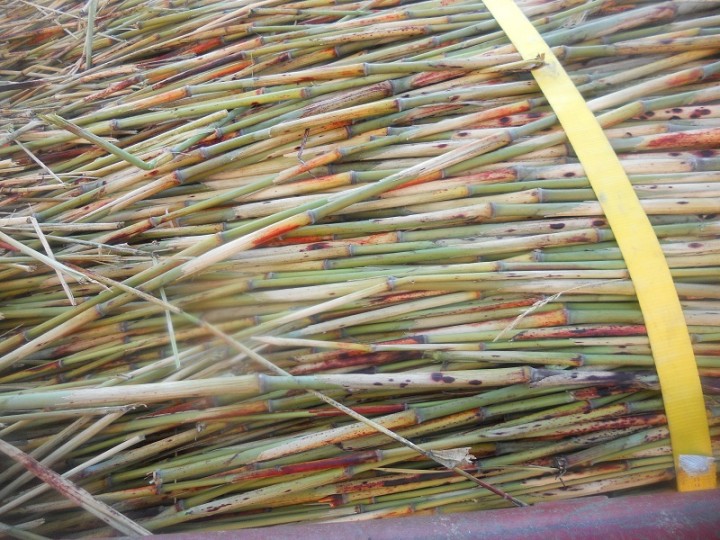
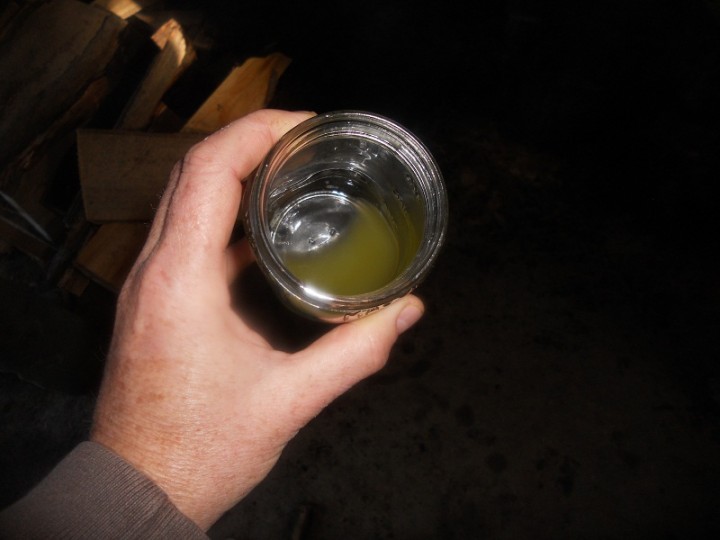
The organic sorghum cane that Matt brought all the way up State Route 550 and the juice from can which tasted like green candy.
Sorghum is native to Ethiopia and is thought to be cultivated between 3000 and 4000 B.C. Some say that the seeds were brought to the new world by slaves. There are two types of sourghum; the grain sorghum (Sorghum Bicolor) and the (Saccharatum) which is used for the sap that is abundant in the thick stems. Sorhum is considered to be one of the four most important grains in the world and is higher in protein and lower in fat than corn and easier to grow than corn. It is used extensively in Africa, India, China and the Near East. (No, that’s not Pittsburg.) Sorghum is not used that much anymore in the U.S.

Matt with the lighter syrup on the left from the initial cooking and the darker version on the right after hours of cooking.
I am intent on making a pizza out of both types of sorghum, but first I want to know how Matt Starline makes his syrup. here is a great video of how the stuff is made. Like Matt said, “No one does this stuff anymore.” The government doesn’t even want these guys to label it ‘Molassas,’ because of rules; (i.e. corporate lobbiests) and regulations, (i.e. those made by our politicians after they were bought off by these corporations.) Can’t a guy just grow some cane, juice it, cook it and jar it without a hassle anymore?
Alright; I hope you come back for a great freakin’ pizza with both Ohio sorghum syrup and Ohio sorghum flour in the next post.

